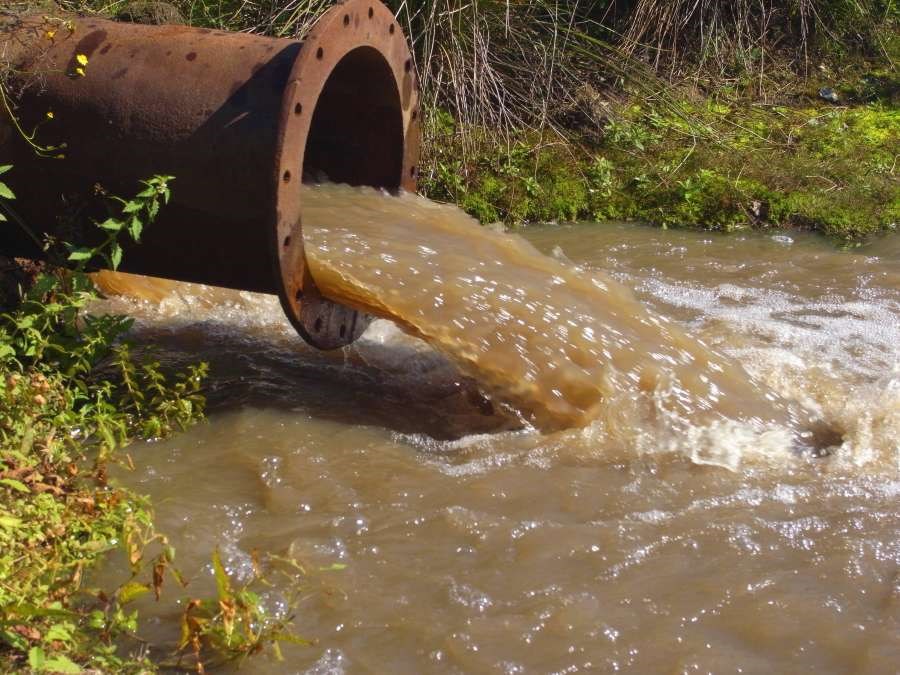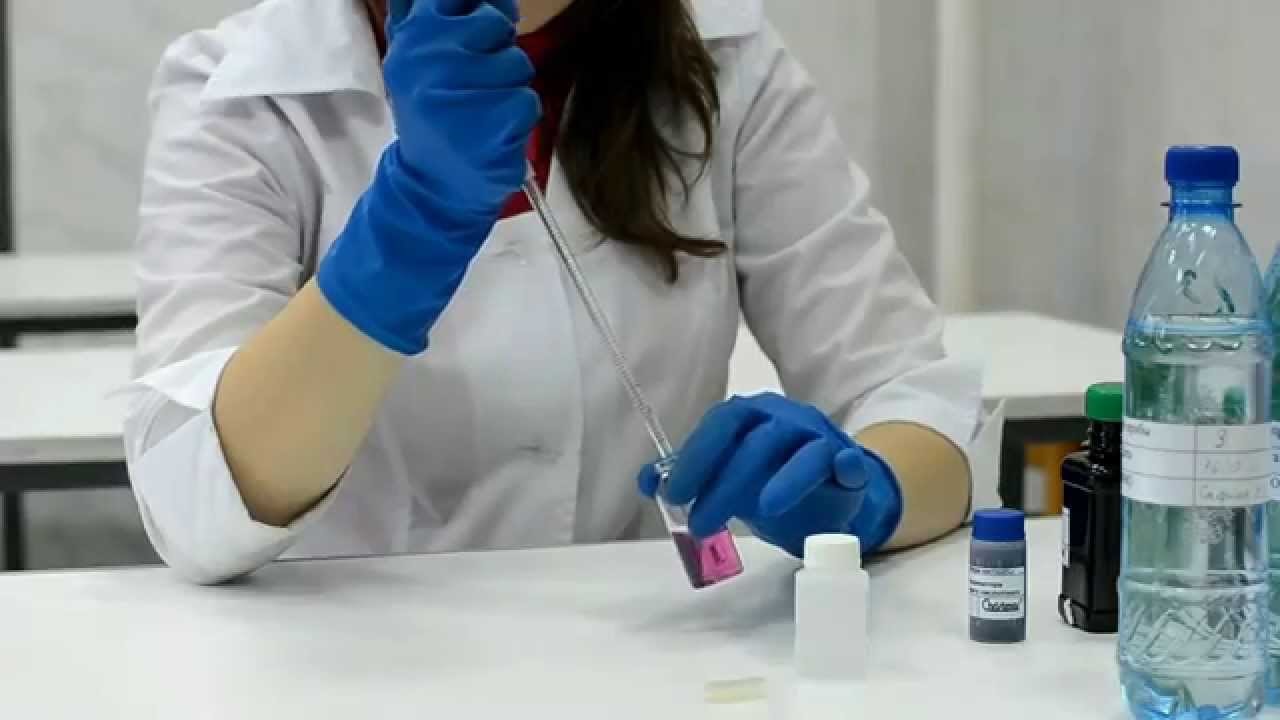In nature, chromium compounds have divalent, trivalent and hexavalent equivalent states. Among them, divalent chromium is unstable and rarely exists. Trivalent chromium is green or purple, and hexavalent chromium is yellow or dark yellow. The hexavalent chromium in water quality generally exists in the form of CrO2-, Cr2O12-, and HCrO4. At the same time, it is affected by the pH value, organic matter, redox substance, temperature and hardness in the water quality. Compounds can be transformed into each other. Today we will tell you how to detect hexavalent chromium in water using the diphenylcarbazide colorimetric method.

Reagents and equipment for diphenylcarbazide colorimetry
1. Reagents
(1) (1+1) Sulfuric acid: slowly add concentrated sulfuric acid to the same volume of water, and then mix well.(2) (1+1) Phosphoric acid: Add concentrated phosphoric acid to the same volume of water and mix well.
(3) Chromium standard stock solution: accurately weigh 0.2829g of potassium dichromate (K2Cr2O7) dried at 120℃ for 2 hours, dissolve it in water, transfer it to a 1000ml volumetric flask, dilute with water to the mark and shake it well.
(4) Chromium standard solution: draw 5.00ml chromium standard stock solution; place it in a 500ml volumetric flask, dilute to the mark with water, and shake well. Each milliliter of the solution contains 1.00ug hexavalent chromium, which needs to be prepared on the same day when used.
(5) Chromogenic reagent: Weigh 0.2g of diphenylcarbazide (C13H14N4O), dissolve it in 50m acetone, add water to dilute to 100ml, and shake well. Store in a brown bottle in the refrigerator. Cannot be used after the color becomes darker.
2. Apparatus
(1) Spectrophotometer.(2) Analytical balance: accuracy ±0.001g.
(3) Erlenmeyer flask: 150ml.
(4) Pipette: 5mL, 10mL, 50mL.
(5) Cuvette: 10mm.
(6) Colorimetric tube with stopper: 50ml.
(7) Wash the ear ball.
Precautions during testing
(1) Before the experiment, all glassware should not be washed with potassium dichromate. It can be washed with a mixture of nitric acid and sulfuric acid, and rinsed after washing. The inner wall of glassware should be cleaned and clean to prevent chromium from being adsorbed.(2) There are two concentrations of chromium standard solution. The hexavalent chromium standard solution of 1ug/mL is suitable for low-concentration water samples. For high-concentration water samples, another concentration of chromium standard solution should be used.
(3) When diphenylcarbazide reacts with hexavalent chromium, the acidity of the color should be controlled within 0.05~0.3mol/L, and the color rendering effect is best when 0.2mol/L.
Drawing of calibration curve
1. Preparation of working solution: Use a pipette to pipette 0, 2.00, 4.00, 6.00, 8.00, 10.0ml of chromium standard solution into 6 50ml colorimetric tubes respectively, and dilute to the mark with water.2. Dosing of medicament: Add 0.5ml (1+1) sulfuric acid solution and 0.5ml (1+1) phosphoric acid respectively to the colorimetric tube, and then shake it well.
3. Colorimetric quantification: After adding 2ml of color reagent, shake it well. After 5~10min, at 540nm wavelength, use a 10mm cuvette with water as a reference, measure the absorbance of each tube and record it.
4. Drawing of the working curve: a standard curve with 6 standard points with the concentration of hexavalent chromium ion as the horizontal axis and absorbance as the vertical axis.

Determination of hexavalent chromium water samples
1. Sampling: Take an appropriate amount (containing less than 50ug of hexavalent chromium) colorless and transparent water sample, place it in a 50ml colorimetric tube, and dilute with water to the mark.2. Dosing of medicament: add 0.5m1 (1+1) sulfuric acid solution and 0.5m (1+1) phosphoric acid solution to the colorimetric tube, and then shake it well.
3. Colorimetric quantification: After adding 2ml of color reagent, shake well. After 5~10min, use a 10mm cuvette with water as a reference at a wavelength of 540nm to determine the absorbance of the water sample and make a blank calibration.
4. Find out the concentration of Cr6: find out the content of hexavalent chromium from the calibration curve.



